Today we’re in Kensington, New Hampshire, visiting with Robin Hess.
Here are some photos from my seacoast New Hampshire garden this September. I have been gardening for about four years and especially love hostas. My garden is mostly sun with hardly any shade, which has been a challenge.
 Coneflowers (Echinacea purpurea, Zones 3–8)
Coneflowers (Echinacea purpurea, Zones 3–8)
A stunning hybrid daylily (
Hemerocallis hybrid, Zones 4–9) with high-contrast purple-and-cream blooms.
We usually think of hostas (
Hosta hybrids, Zones 4–9) as
foliage plants, but the flowers can be quite attractive as well.
The tawny flower heads of
Calamagrostis acutiflora ‘Karl Foerster’ (Zones 5–9) are lined up against a perfect fall blue sky.
Lavender (
Lavandula sp., Zones 5–9) with late-season blooms is being enjoyed by a bumblebee.
White liatris (
Liatris sp., Zones 3–8) contrasts with a backdrop of aging hydrangea (
Hydrangea paniculata, Zones 3–9).
Hydrangea paniculata ‘Limelight’ (Zones 3–9)
Pokeweed (
Phytolacca americana, Zones 4–8) is a
native plant that is often considered a weed, but it has a lot of beauty to offer, and its
berries are much loved by birds.
A flower bud of
rose of Sharon (
Hibiscus syriacus, Zones 5–8)
This last photos is of a gray tree frog taking advantage of the condensation on the garden hose. The frogs “live” in my watering can. After I empty a few cans of water they tend to come out, so I rush back to the place where they live to be sure they don’t end up in harm’s way. They have been hanging out in my watering can for three summers now.
Have a garden you’d like to share?
Have photos to share? We’d love to see your garden, a particular collection of plants you love, or a wonderful garden you had the chance to visit!
To submit, send 5-10 photos to gpod@taunton.com along with some information about the plants in the pictures and where you took the photos. We’d love to hear where you are located, how long you’ve been gardening, successes you are proud of, failures you learned from, hopes for the future, favorite plants, or funny stories from your garden.
If you want to send photos in separate emails to the GPOD email box that is just fine.
Have a mobile phone? Tag your photos on Facebook, Instagram or Twitter with #FineGardening!
You don’t have to be a professional garden photographer – check out our garden photography tips!
Do you receive the GPOD by email yet? Sign up here.
Fine Gardening Recommended Products
ARS Telescoping Long Reach Pruner
Fine Gardening receives a commission for items purchased through links on this site, including Amazon Associates and other affiliate advertising programs.
Telescopes from 4 to 7'. Cut and Hold (160) Blades. Drop forged blades for unsurpassed long lasting sharpness. Lightweight, 2.3 lbs., for continued use. Perfectly balanced for easy pruning.
Planting in a Post-Wild World: Designing Plant Communities for Resilient Landscapes
Fine Gardening receives a commission for items purchased through links on this site, including Amazon Associates and other affiliate advertising programs.
Featuring gorgeous photography and advice for landscapers, Planting in a Post-Wild World by Thomas Rainer and Claudia West is dedicated to the idea of a new nature—a hybrid of both the wild and the cultivated—that can nourish in our cities and suburbs.
The Nature of Oaks: The Rich Ecology of Our Most Essential Native Trees
Fine Gardening receives a commission for items purchased through links on this site, including Amazon Associates and other affiliate advertising programs.
The Nature of Oaks reveals what is going on in oak trees month by month, highlighting the seasonal cycles of life, death, and renewal. From woodpeckers who collect and store hundreds of acorns for sustenance to the beauty of jewel caterpillars, Doug Tallamy illuminates and celebrates the wonders that occur right in our own backyards. He also shares practical advice about how to plant and care for an oak, along with information about the best oak species for your area.

 Coneflowers (Echinacea purpurea, Zones 3–8)
Coneflowers (Echinacea purpurea, Zones 3–8)




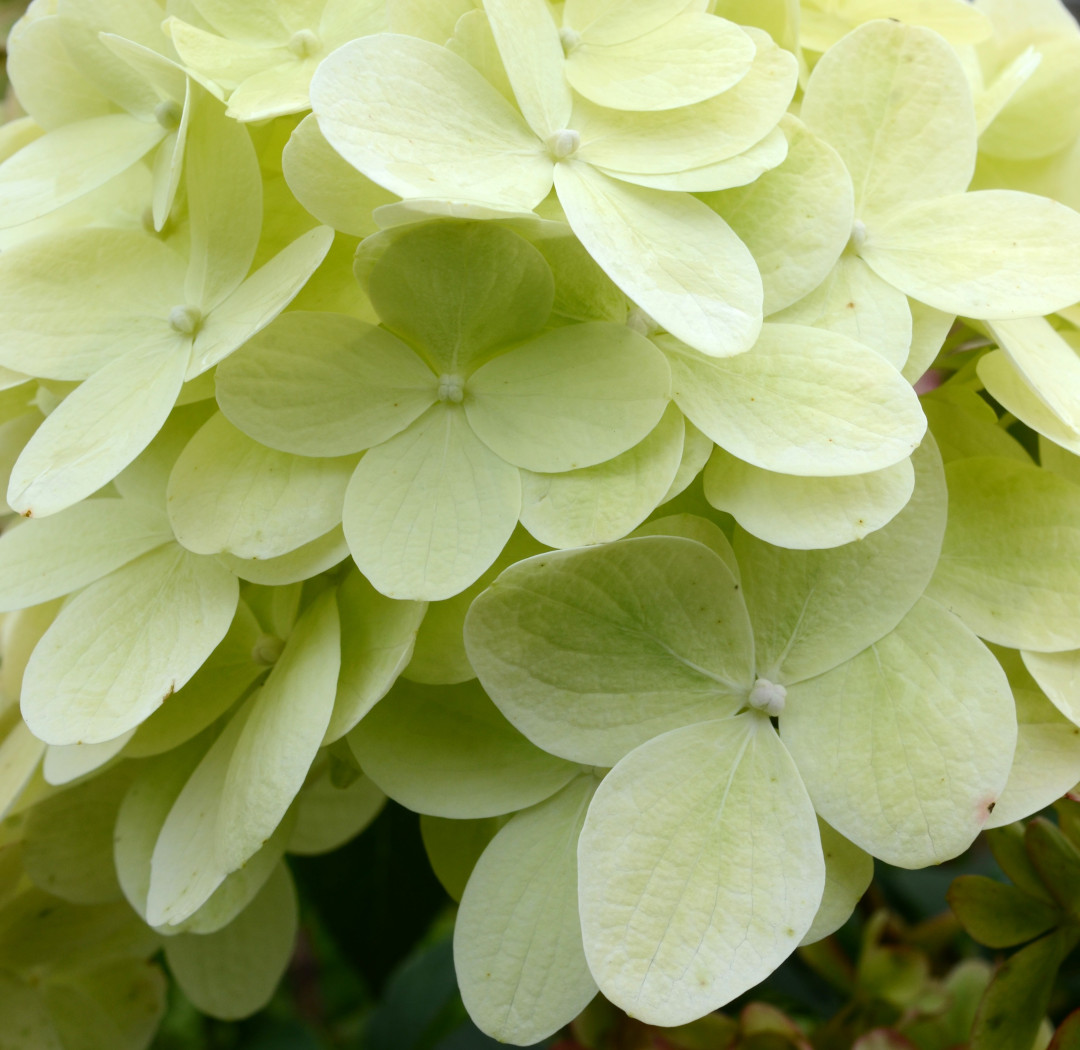


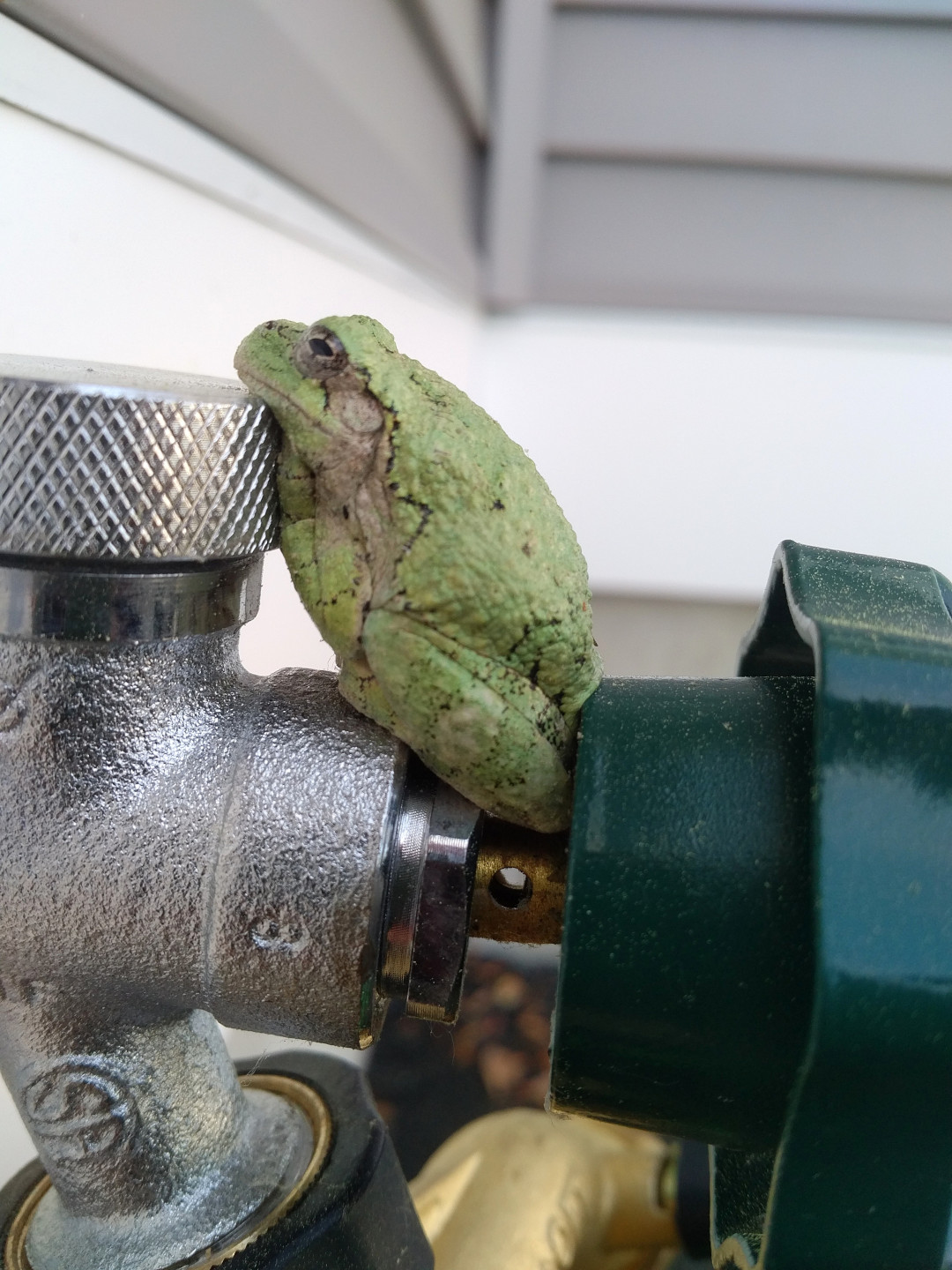
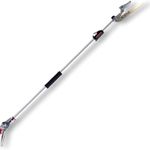
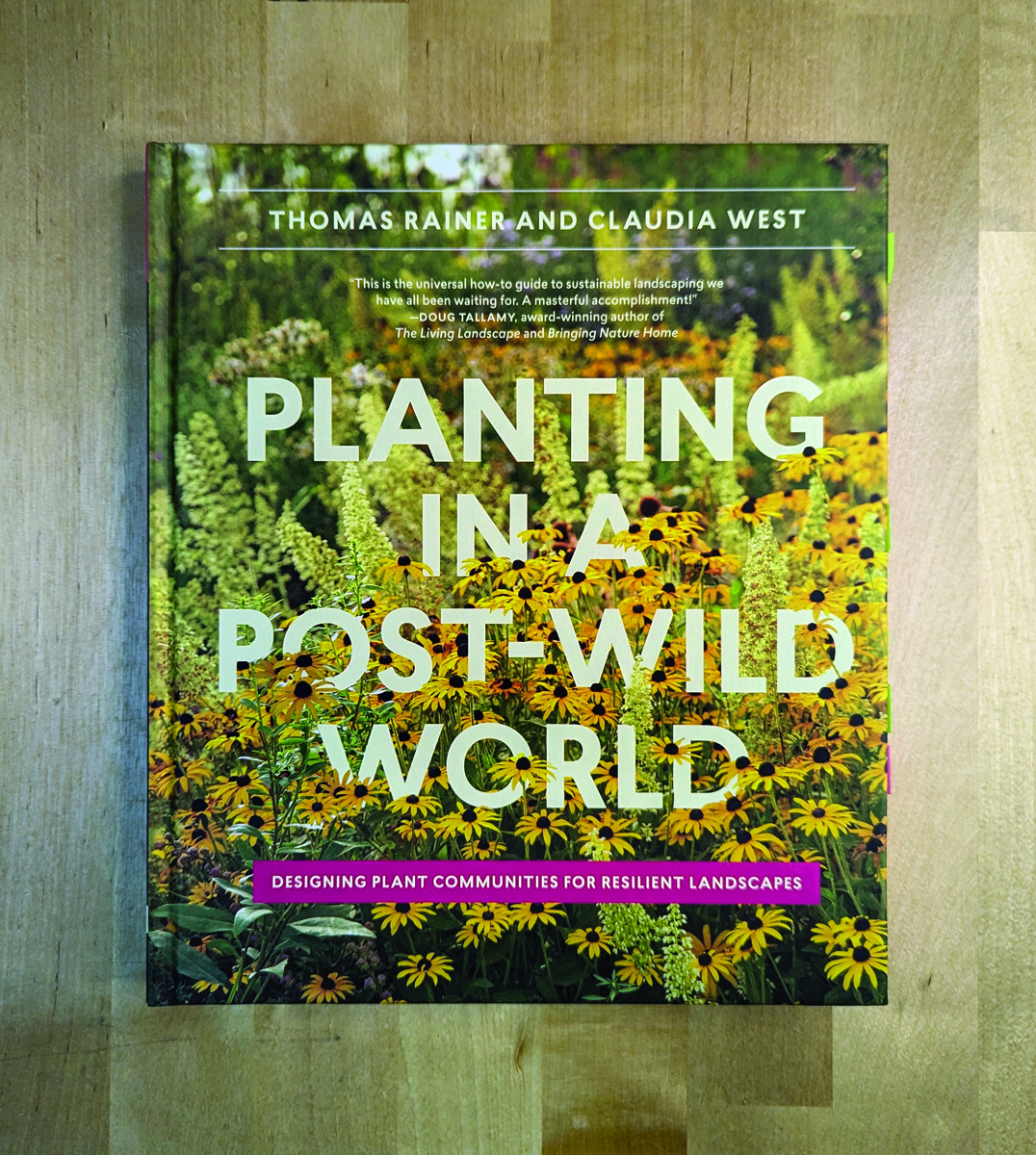
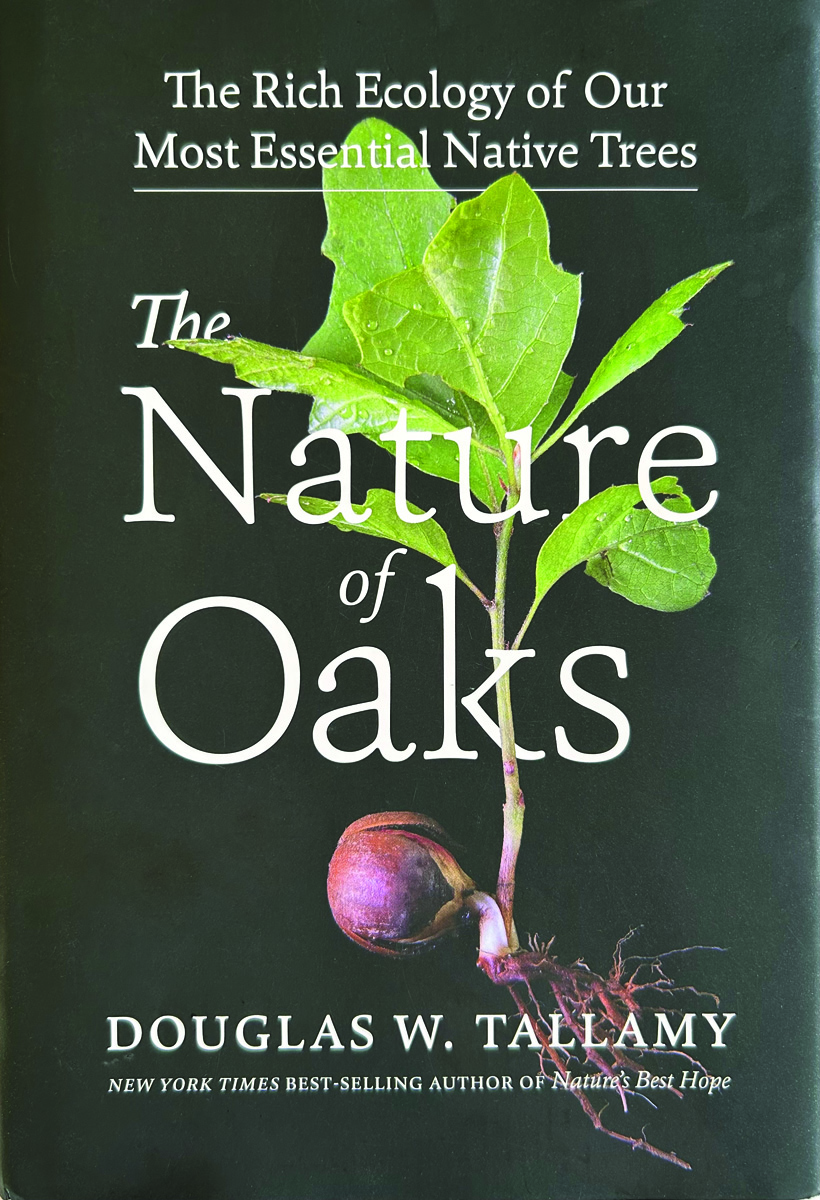


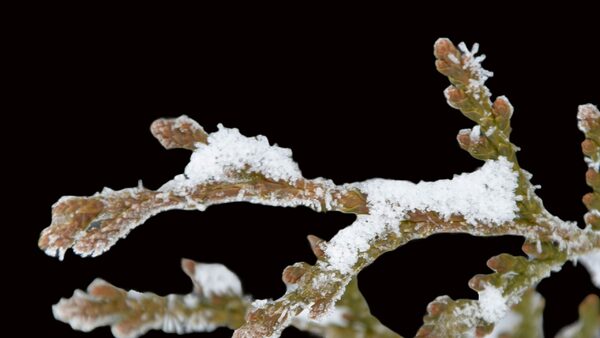


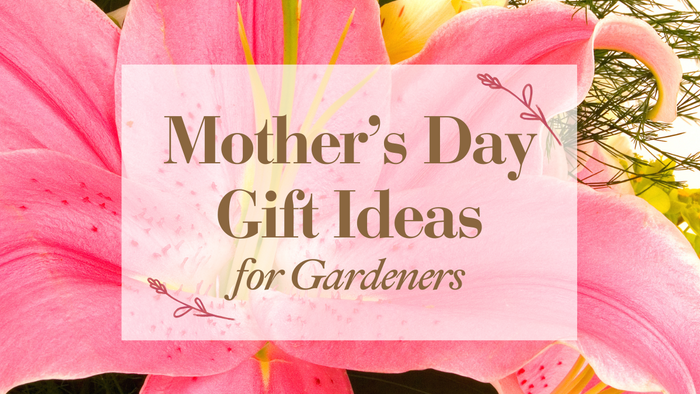
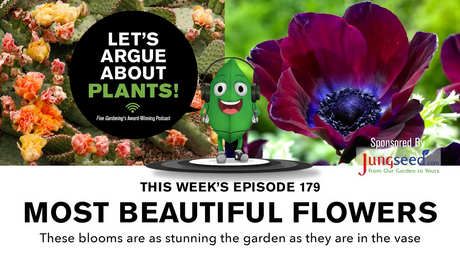



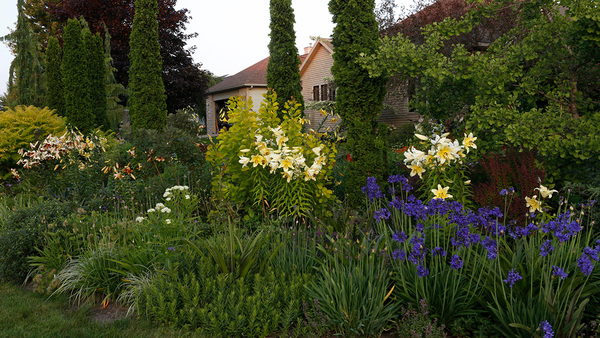



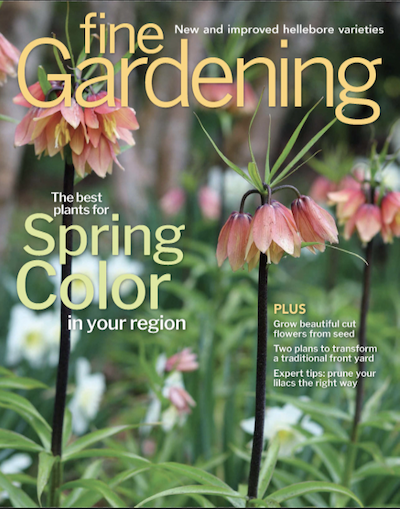



Comments
Nice work, Robin! I think it’s great that you incorporate pokeweed. An under appreciated native
Robin, I hope you can find another watering can so those frogs get to hang out we’re they’ve been so happy. Thanks for sending in these cheery photos!
My experience with Pokeweed is that it is very invasive. Birds love the berries but the seeds are then spread over a wide area. The seeds sprout and the Pokeweed continues to spread. It has been a major nuisance for me.
Interesting and different yet beautiful pics. Happy frogging!!
I had to chuckle about your frog. We have one that lives in the rain barrel.
Beautiful photos but you know that frog pic takes the cake!!!
Robin, you are a gardener after my own heart - and a much better photographer! The grass against the sky ... the pokeweed ... the frog! Thanks for sharing.
Here in Oregon Pokeweed is on the invasive noxious weed list. It is spreading widely in my neighborhood...
Oh nice photos of the garden plants and the best was last- that adorable frog!!!
We have a grey tree frog who spends the summer behind a decorative sun plaque on our back deck - he sings happily from there. This summer I've had two green tree frogs who, like your friends, kept climbing into my watering can for the back deck. I finally had to plug the openings because they would leap out when I took it into the house to fill with water. They are funny little things! Love your very pretty garden.
Log in or create an account to post a comment.
Sign up Log in